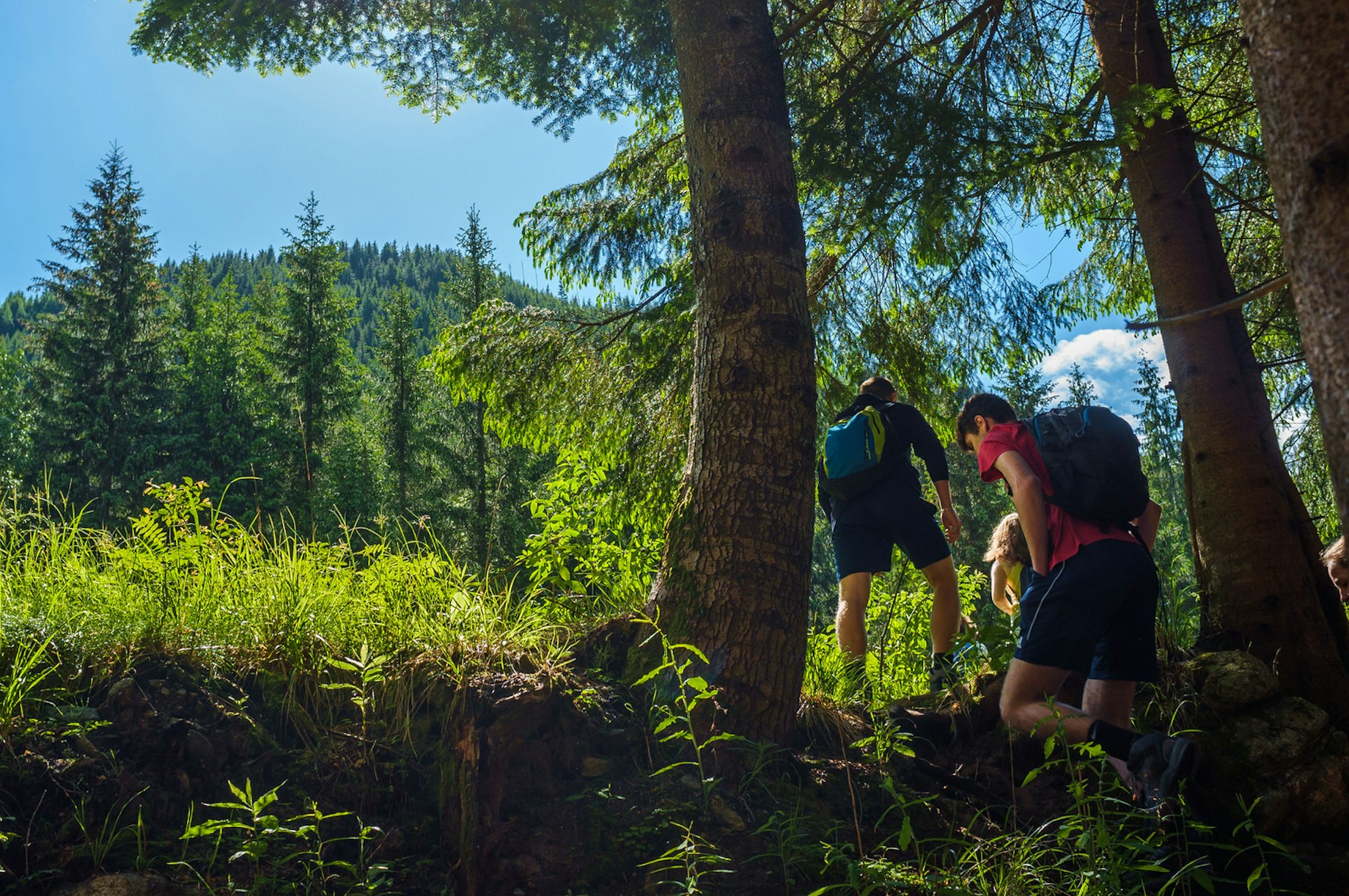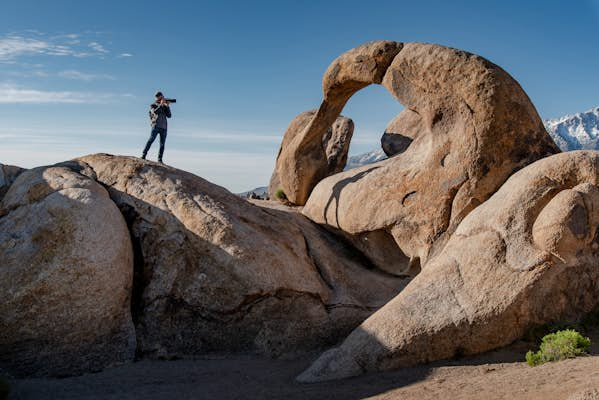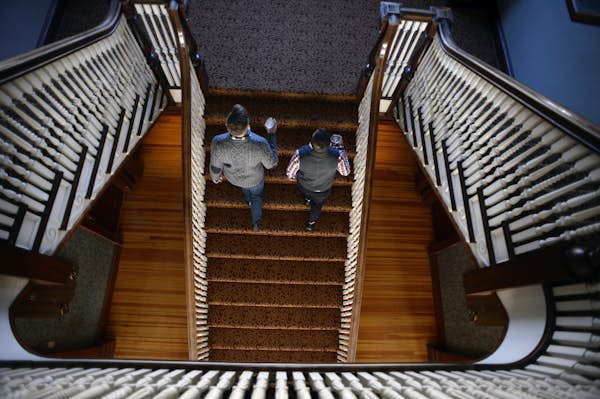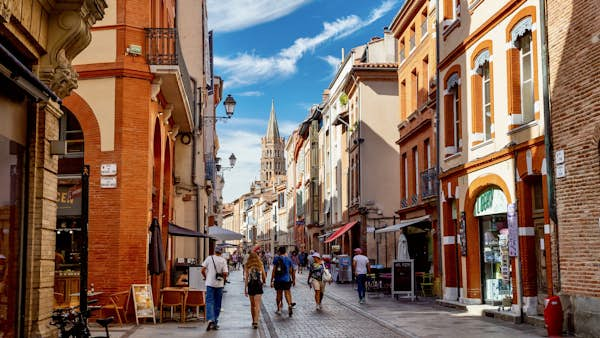The iconic mountains that lend their name to Slovakia’s most striking national park, the High Tatras (Tatranský národný park) have been baiting outdoor lovers for over 75 years. Still, surprisingly few overseas visitors arrive in this accessible and beautiful range.
The flurry of peaks and the ease with which you can be up among them – whether getting your adrenaline fix on their serrated, snowy slopes, or spying many of the continent’s most phenomenal animals who call them home – mean it’s high time more people turned their heads in the direction of this unique, upland adventure playground.
Here are the best things to do in the High Tatras.
Experience alluring alpine landscapes
The High Tatras are unique among Europe’s myriad mountain ranges. They don’t just constitute highest terrain in Slovakia, but in the entire 1500km(932-mile)-long Carpathian range and, indeed, in Eastern Europe. Despite these superlatives, the compactness of the area makes it the smallest mountain chain of this altitude in the world. One of the standout features here is the sheer abundance of peaks cresting 2500m (8200ft), at 25 in total. Outside of the Alps themselves, this is one of the rare pockets of Europe with alpine characteristics, offering a vivid topographical palette across five contrasting ecological zones.
At around 700m (2300ft) you’ll find lush valleys, while inky forests of Carpathian beech or spruce ascend to the 1500m (4920ft) mark. Pale green expanses of kosodreviny (dwarf pine) sprawl at the 1500–1700m (5580ft) mark. High-altitude grasslands known as luky rise to 2000m (6560ft); from there on up to the peaks, it’s swathes of tarn-spattered tatry – barren, stony ground from which the word “Tatras” is thought to derive. Because of the close proximity of these zones, any one panorama here can encompass the jagged grays, whites and blacks of the tatry, the deep blue of the tarns, and the lusher hues of luky, kosodreviny and forest underneath. A single hike can whisk you through all five ecosystems in just a few hours.
Happily, a longstanding commitment to preservation has kept the environment pristine: authorities on both the Slovak and Polish sides of the mountains collaborated to form the world’s first cross-border protected region here in the early 1950s.

Take on dramatic hikes and climbs
Nothing can show off the Slovak outdoors quite like a High Tatras hike, with a medley of red (challenging, or long-distance), blue (intermediate), or green and yellow (interconnecting) trails crisscrossing the slopes. Multi-day treks are especially inviting thanks to the welcome placement of mountain huts, offering both accommodation and food, at intervals roughly corresponding to a day’s tramp.
The real rites-of-passage experience is the Tatranská Magistrala, a 45km(28-mile)-long path that takes a full three to four days to hike and skitters craggily along the whole range below the highest summits at elevations of between 1200m (3940ft) and 2000m (6560ft). For those without time or inclination for the whole hike, we’d recommend setting out on one of its most scenic sections: Štrbské pleso – a famously beautiful and often-photographed lake – has a 3-hour, woodsy, out-and-back route that emerges from the trees to loop around the even-lovelier Popradské pleso (lake). Here, a mountain hut offers warming refreshments, while the raw buttress climb to the Sedlo pod Ostrvou pass looms above. On the return, you’ll pass the poignant simbolický cintorin, a memorial to those who have met their deaths in these mountains.
This being the Tatras, many longer hikes entail hardcore scrambling. And if you want to up the ante and attempt serious climbing, some sublime peaks beckon. For some harder ascents it is obligatory to either go with a guide such as Mountain Pro Guiding, or to get registered beforehand with the Slovak Mountaineering Union.
Sleep in a mountain hut
Sleeping up in the mountains rather than being compelled to return to a lower-level base overnight is a special prospect – and one that’s easy in the High Tatras due to an excellent array of mountain huts. Considering their middle-of-nowhere location, many of these shacks are surprisingly sophisticated. While some more-remote ones are just basic shelters, the majority offer a mix of accommodations in dorms or private rooms, and also serve traditional meals. More than mere lodgings, the huts are a huge part of Slovak mountain culture, with colorful histories. A great introduction to Slovak mountain huts is Chata pri Zelenom Plese on the edge of one of the loveliest High Tatras lakes, Zelené pleso, near the start of the Tatranská Magistrala. It’s been in use for over 125 years.

Spot some special animals
The diversity of landscapes that lures humans to explore also entices a bonanza of beasts, including three of Europe’s Big Five – and the brown bear, wolf and Eurasian lynx might all spice up a day’s adventure. You may be lucky enough to have a chance encounter with one (or more!) of Europe’s last great carnivores, who roam wild here, but it is safer – and the likelihood of spotting beasts is far higher – if you take a guided adventure. Adventoura provide bear-watching trips between June and October, as well as a host of other activities, including dog-sledding from December to March, where you get to mush your own team of huskies.
Other intriguing creatures in the vicinity include the Tatra chamois, a goat antelope with distinctive curly horns; and alpine marmots, cuddly mountain squirrels whose chatter ricochets around the rocks.

Get piste perfect
Slovakia sports some excellent (and reasonably priced) skiing. The ski resort of Tatranská Lomnica, the loftiest in the country and the place with the steepest stretch of piste, offers up 12km (7.5 miles) of slopes swooping to a height of 2190m (7185ft). You can also catch a cable car here up to lonely mountain lake Skalnaté pleso, then on the vertiginous run up to the summit of Lomnický štít, the nation’s second-highest summit at 2634m (8641ft). More entry-level snow lovers may be better off bound for Bachledka Ski & Sun: as the name implies, there is year-round fun to be had here in the picturesque Belianské Tatry part of the range, with activities such as mountain karting and a majestic treetop walk supplementing the mix of green, blue, red and black ski runs.
Journey down under
Should you tire of the vertiginous, snow-laden uplands, the region offers lower-level diversions, too. Enjoy subterranean thrills in the stalactite-laden shape of Belianska jaskyňa, a cave near Tatranská Kotlina. A 1.5km (1-mile) tour takes you through its formations and underground lakes.
From the eastern edge of the High Tatras, it’s a 30km (18.5-mile) journey to the heart of another national park immediately to the east, Pieniny, home to perhaps the most unique activity in the region. In a chocolate-box-pretty gorge at Červený Klášto, you can take to the waters aboard a traditionally built wooden raft ferried by characters clad in folkloric dress who navigate the waters using poles in a manner similar to Oxbridge’s punting – only with rapids featuring at regular intervals.

Discover cultural idiosyncrasies
The likes of Franz Kafka have sojourned in these mountains – but the most interesting residents in the High Tatras today are the Goral people. Gorals stick closely to their traditional pastoral roots, and communities such as those at Ždiar are renowned for their vibrantly painted wooden houses, musical heritage and richly-embroidered folk costumes.

How to get to the High Tatras
That these mountains are so accessible is why so many enjoy them. Poprad, the mountains’ base town, has international air connections to London and rail connections to Bratislava (and, from there, flights across Europe), 330km (205 miles) to the southwest. From Poprad, a combination of mountain railway, funicular and cable cars whisk visitors up into the mountains proper in anything from 30 to 90 minutes, depending on how high you want to go.




